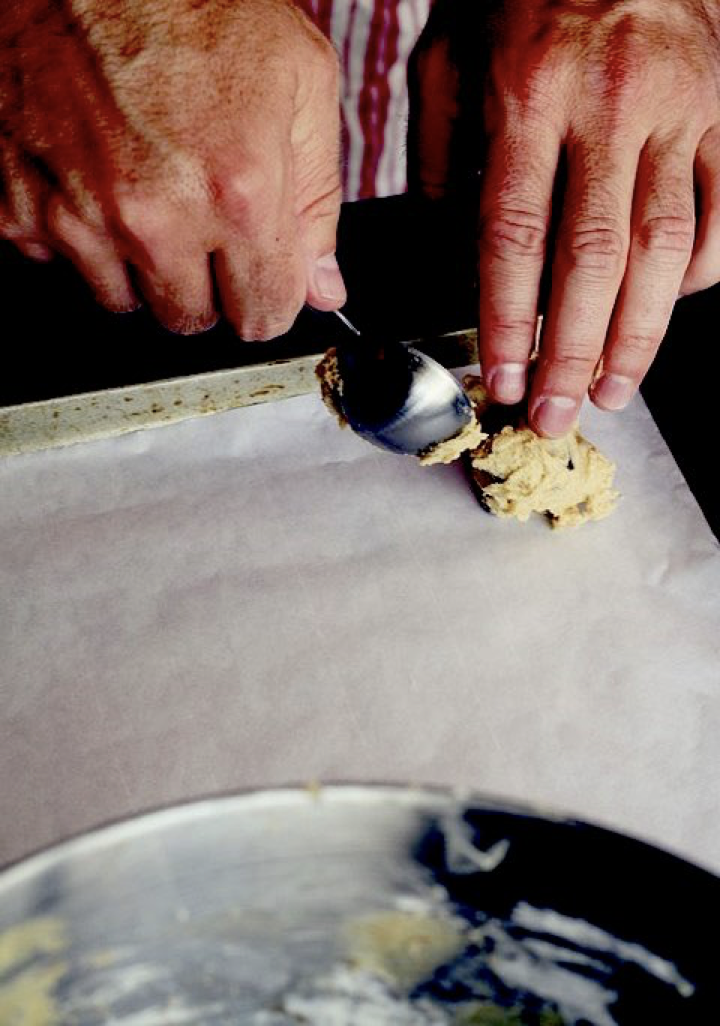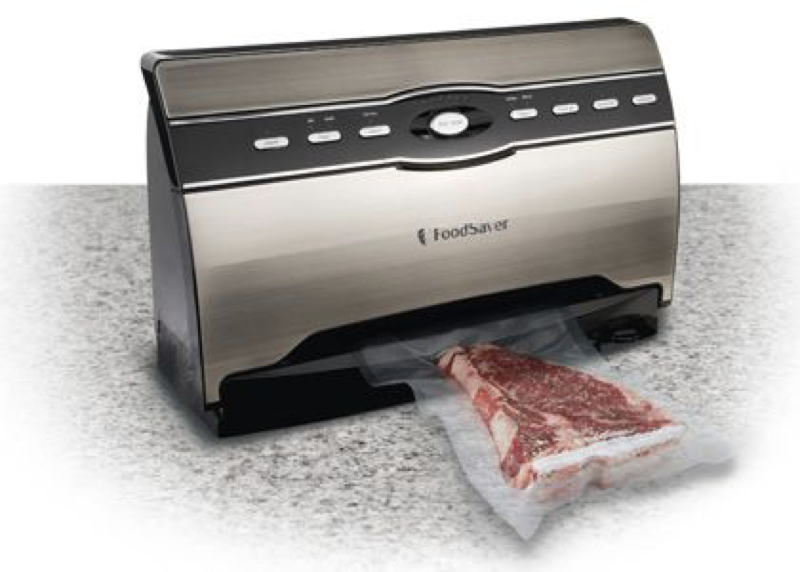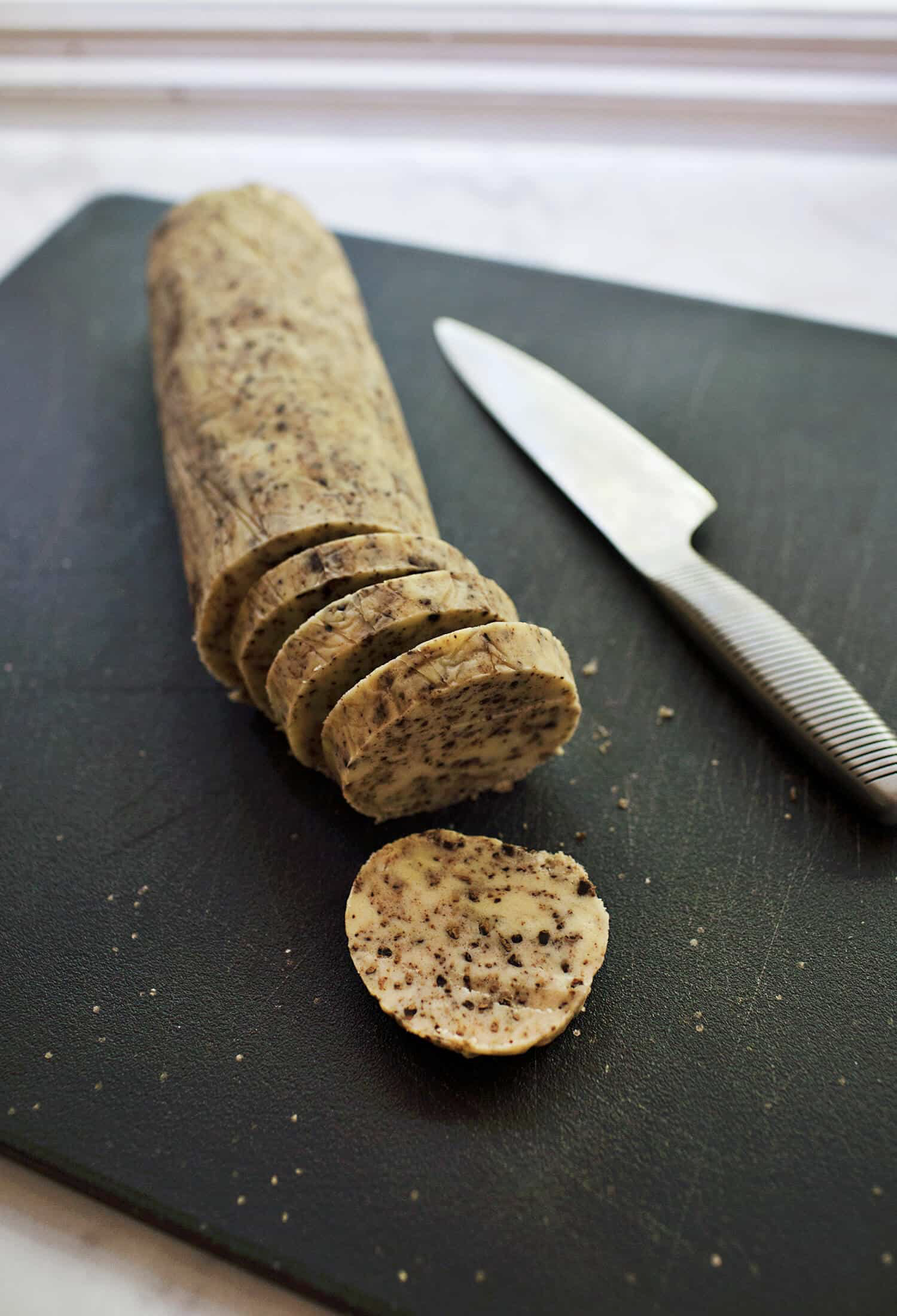Tips for Drop-Dead-Good, Drop Cookies!
First a tip you might not know: Almost any cookie dough can be baked as a drop cookie if additional liquid is added to the batter. For instance, traditional sugar cookies don’t necessarily HAVE to be rolled out. Add a little milk, cream, fruit juice, or water, then mix well and drop them instead!

But here’s what I really want to talk about: In our clever time-saving way, we make large or extra batches of cookies with the idea of freezing them for later use, right? This is only a good idea, however, IF they are stored properly. After all, don’t we always want cookies that are just drop-dead good? So, let’s talk about cookie storage.
For long-term storage you should freeze baked cookies in airtight freezer containers, freezer bags, or aluminum foil. NOTE: Don't use cardboard containers because they pick up freezer odors. Cookies can usually be successfully frozen up to twelve months.

First put a piece of waxed paper or foil in the bottom of the container. Then place the cookies so they aren't touching and separate the cookie layers with waxed paper or foil to protect. Seal tightly.
There’s another option though, one is a little expensive, the other more affordable. The expensive option is the Food Saver. Their website says this tool keeps food fresh five times longer and prevents freezer burn (ugh—I’ve never found a way to undo freezer burn). I use the Food Saver and swear by it—worth every dime. (The photo shows meat being sealed, but this appliance does a superb job of sealing a dozen or more cookies at a time as well.)

The less expensive tool is the Seal-a-Meal. The sales pitch behind both appliances is that with the cost of food going up and up, we need to be careful we don’t waste it. Back to the freezer burn issue—been there, done that, have the T-shirt!
But whatever method you choose to use for cookie freezing, just know that before serving the cookies, make sure you thaw them in their original freezer wrappings (so that condensation forms on the wrapping, not on the cookie). Crisp cookies may soften when thawed after freezing; to re-crisp, put them in a 300°F oven for 4 or 5 minutes (watch closely, however, as oven temperatures vary so widely).
Now let’s talk about freezing unbaked cookie dough. Most cookie doughs freeze extremely well and can be kept frozen for up to 3 months. The most important thing to keep in mind is that the dough will absorb any odd odors present in your freezer if it's not properly wrapped and sealed. To prevent this smell-sponge effect, as well as freezer burn, wrap the dough securely twice. It's also a very good idea to label the dough with the type of dough, date it was frozen, and temperature + time needed for baking. When you are ready to bake, simply let the dough defrost in the refrigerator. This will take several hours, so plan ahead.

The cookie doughs that freeze best are shortbreads, chocolate chip, peanut butter, sugar, and brownies, just to name a few. The types of cookie dough that do not freeze well are cake-like cookies and cookies that have a very liquidly batter, such as madeleines and tuiles.
For slice-and-bake cookies, form the dough into a log and freeze. The dough should be thawed in the refrigerator because it needs to be quite cold and firm to be cut into even slices. When ready to bake, just slice off as many cookies as you need. You can even slice it frozen if you want too, just use a very sharp knife and a little elbow grease. If you choose to slice frozen dough, do let it thaw a bit before baking, though—this will ensure a more even baking and more pleasing end result.

Finally, cookie doughs can be formed into balls, rolled in sugar (to prevent them sticking to each other in your container), and frozen that way. And as mentioned above, let them thaw before baking, or the baking will be uneven and the results unsatisfying. Remember, the goal is to turn out cookies that are drop-dead good!

But here’s what I really want to talk about: In our clever time-saving way, we make large or extra batches of cookies with the idea of freezing them for later use, right? This is only a good idea, however, IF they are stored properly. After all, don’t we always want cookies that are just drop-dead good? So, let’s talk about cookie storage.
For long-term storage you should freeze baked cookies in airtight freezer containers, freezer bags, or aluminum foil. NOTE: Don't use cardboard containers because they pick up freezer odors. Cookies can usually be successfully frozen up to twelve months.

First put a piece of waxed paper or foil in the bottom of the container. Then place the cookies so they aren't touching and separate the cookie layers with waxed paper or foil to protect. Seal tightly.
There’s another option though, one is a little expensive, the other more affordable. The expensive option is the Food Saver. Their website says this tool keeps food fresh five times longer and prevents freezer burn (ugh—I’ve never found a way to undo freezer burn). I use the Food Saver and swear by it—worth every dime. (The photo shows meat being sealed, but this appliance does a superb job of sealing a dozen or more cookies at a time as well.)

The less expensive tool is the Seal-a-Meal. The sales pitch behind both appliances is that with the cost of food going up and up, we need to be careful we don’t waste it. Back to the freezer burn issue—been there, done that, have the T-shirt!
But whatever method you choose to use for cookie freezing, just know that before serving the cookies, make sure you thaw them in their original freezer wrappings (so that condensation forms on the wrapping, not on the cookie). Crisp cookies may soften when thawed after freezing; to re-crisp, put them in a 300°F oven for 4 or 5 minutes (watch closely, however, as oven temperatures vary so widely).
Now let’s talk about freezing unbaked cookie dough. Most cookie doughs freeze extremely well and can be kept frozen for up to 3 months. The most important thing to keep in mind is that the dough will absorb any odd odors present in your freezer if it's not properly wrapped and sealed. To prevent this smell-sponge effect, as well as freezer burn, wrap the dough securely twice. It's also a very good idea to label the dough with the type of dough, date it was frozen, and temperature + time needed for baking. When you are ready to bake, simply let the dough defrost in the refrigerator. This will take several hours, so plan ahead.

The cookie doughs that freeze best are shortbreads, chocolate chip, peanut butter, sugar, and brownies, just to name a few. The types of cookie dough that do not freeze well are cake-like cookies and cookies that have a very liquidly batter, such as madeleines and tuiles.
For slice-and-bake cookies, form the dough into a log and freeze. The dough should be thawed in the refrigerator because it needs to be quite cold and firm to be cut into even slices. When ready to bake, just slice off as many cookies as you need. You can even slice it frozen if you want too, just use a very sharp knife and a little elbow grease. If you choose to slice frozen dough, do let it thaw a bit before baking, though—this will ensure a more even baking and more pleasing end result.

Finally, cookie doughs can be formed into balls, rolled in sugar (to prevent them sticking to each other in your container), and frozen that way. And as mentioned above, let them thaw before baking, or the baking will be uneven and the results unsatisfying. Remember, the goal is to turn out cookies that are drop-dead good!
Sources:
- www.beautycookskisses.com
- www.yourhomebasedmom.com
- www.pinterest.com
- www.simplylakita.com
- www.abeautifulmess.com
 Alice Osborne
Alice Osborne
Weekly Newsletter Contributor since 2006
Email the author! alice@dvo.com
